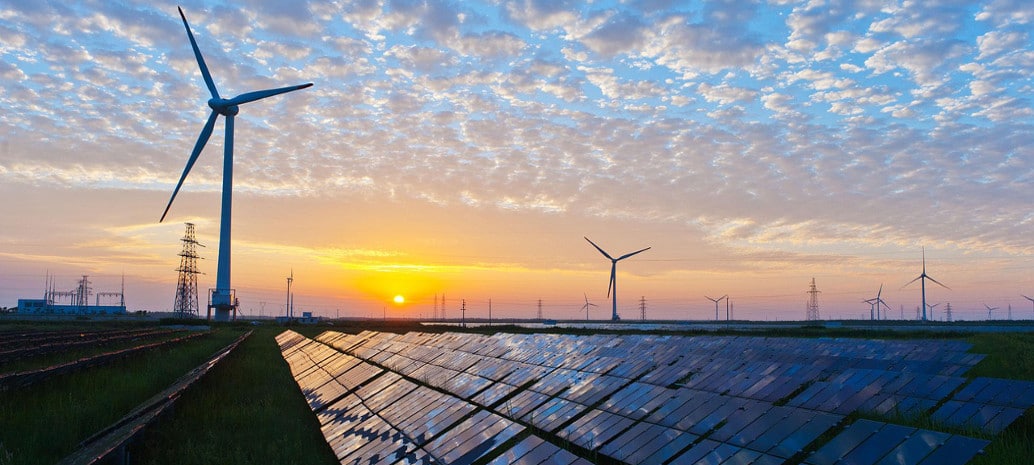While U.S. President Donald Trump waffles on whether to continue his opposition of the Paris Agreement and his administration attempts to discredit renewable energy through a misguided grid study, California is not wavering or waiting to take action. Late last night the California Senate and Assembly passed a pair of bills that will extend the state’s cap and trade program through 2030.
California Governor Jerry Brown, supported by leadership of the California Senate and Assembly and a broad coalition of environmental and business groups, promoted both bills. As such he has been clear that he plans to sign them.
Without a doubt, this is good news for the state’s plans to address greenhouse gas emissions and climate change. California’s cap and trade program has consistently seen prices of above $10 per ton of CO2, and sometimes above $20, which is far above what the ineffective programs in the northeastern U.S. states and the European Union have achieved of late.
As such, it is expected to have an impact on the power sector. “The current carbon price adds about $6/MWh to the around-the-clock average power price, a boost of about 20%,” Bloomberg New Energy Finance Analyst Rachel Jiang told pv magazine.
However, it is likely to have little impact on the composition of the state’s electricity mix. Natural gas and increasingly renewable energy dominate in-state generation, and California gets only a tiny fraction of its electricity from coal plants inside the state’s boundaries.
“The changes to cap and trade currently under discussion are unlikely to have a significant additional effect on renewable build in California, with other direct measures such as the state’s Renewable Portfolio Standard playing a larger role,” notes Jiang.
Integration troubles
Meanwhile the challenges to integrating more renewable energy for the state are increasingly technical, and in many cases are not being addressed as rapidly as renewable energy sources are being brought online.
Solar represented more than 13% of the electricity generated in California in 2016 – the highest portion of any U.S. state – with another 7% coming from wind. Add to this very high levels of hydroelectric power from heavy rains and snowfall and the state saw renewable energy represent over half of in-state generation during the first quarter of 2017. This has led to negative prices occurring as much as twice daily, and regular system-wide curtailment of wind and solar.
While this has happened, California’s grid operator has not been standing still. The California Independent System Operator (CAISO) has successfully extended rapid trading of electricity with other grid operators through the Energy Imbalance Market, which facilitates the integration of more renewable energy. However, other aspects of the state’s grid are not showing optimal flexibility.
CAISO data shows that during the hours that solar is being curtailed on a system-wide basis, the state continues to not only to run hydroelectric generation, but to import power, and the Diablo Canyon nuclear plant runs on a 24-hour basis. All of these exacerbate the oversupply of solar during mid-day hours. Diablo Canyon is not scheduled to fully shut down until 2026, by which time the situation will doubtless be worse.
Targets but not means
Energy storage to shift daytime solar production to late afternoon and early evening hours could help to alleviate these problems. And while the state has introduced targets for energy storage deployment by utilities, these are far short of what would be needed to integrate very high levels of wind and solar. Meanwhile, a bill to put behind-the-meter energy storage incentives on a more permanent basis died last week.
Concurrent to the failure of the energy storage bill, a bill to move the state to 100% renewable energy by 2045 – a much stronger target than even the state’s 50% by 2030 mandate – passed a committee vote.
As such, California is hurtling towards a future where renewable energy is mandated, but the technical measures to support this are happening too slowly to enable full integration of the wind and solar that are coming online. Such steps include scheduling hydro and imports around renewable energy production, accelerated shut-down of legacy nuclear plants and mass deployment of energy storage.
If these problems are not addressed, California could learn the hard way that the transition to renewable energy needs more than idealism and mandates: it needs careful planning of the electricity system, as the key sector to enable system-wide transformation.
This content is protected by copyright and may not be reused. If you want to cooperate with us and would like to reuse some of our content, please contact: editors@pv-magazine.com.









By submitting this form you agree to pv magazine using your data for the purposes of publishing your comment.
Your personal data will only be disclosed or otherwise transmitted to third parties for the purposes of spam filtering or if this is necessary for technical maintenance of the website. Any other transfer to third parties will not take place unless this is justified on the basis of applicable data protection regulations or if pv magazine is legally obliged to do so.
You may revoke this consent at any time with effect for the future, in which case your personal data will be deleted immediately. Otherwise, your data will be deleted if pv magazine has processed your request or the purpose of data storage is fulfilled.
Further information on data privacy can be found in our Data Protection Policy.